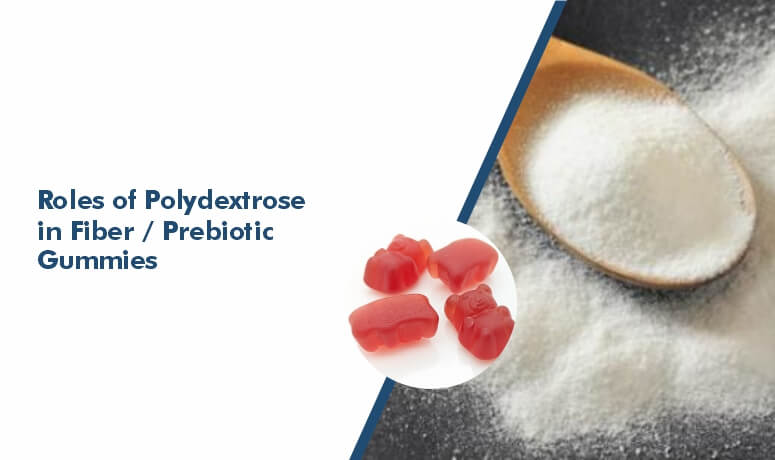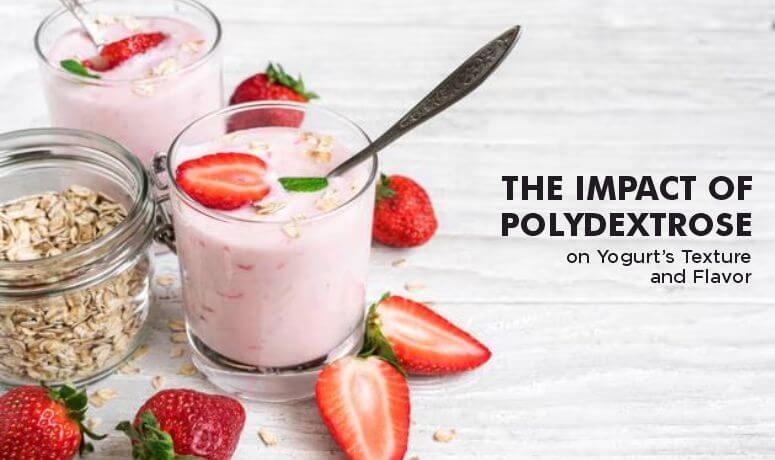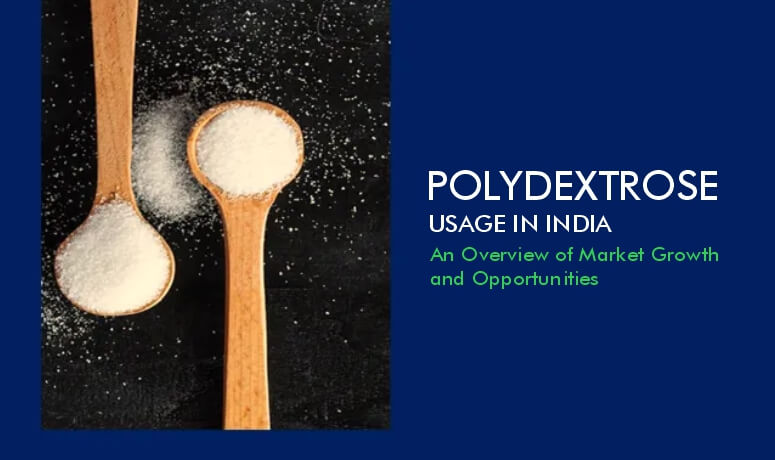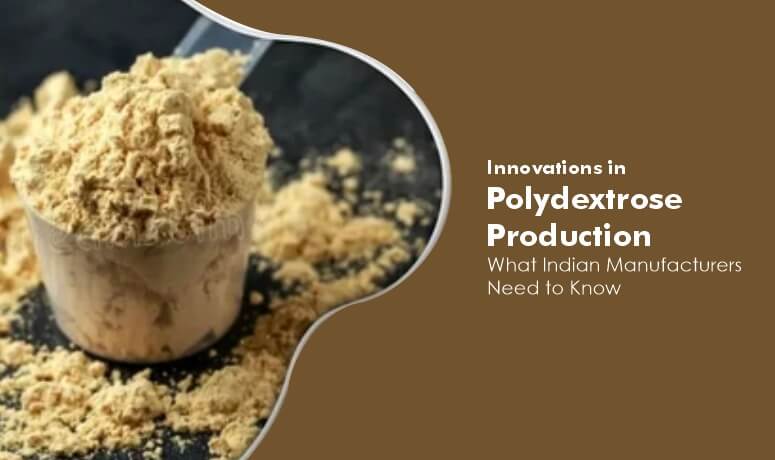Fiber gummies are taking the health world by surprise. These delectable chews are a quick and sweet way to increase your daily fiber consumption, which promotes gut health and general well-being. Have you ever wondered what hidden components make these gummies so effective? One such hero is polydextrose, a prebiotic fiber that contributes significantly to the magic of fiber gummies. This blog delves into polydextrose, looking at its use in fiber gummies and potential health advantages.
Polydextrose: What Is It?
Polydextrose is a synthetic, low-digestible fiber derived from glucose (sugar) and other simple carbohydrates. These components are bonded in a specific way throughout creation, making it difficult for our bodies to break down using digestive enzymes completely. This distinguishing feature is what makes polydextrose a prebiotic fiber.
Unlike probiotics (living bacteria), prebiotics serve as food for the beneficial bacteria that already exist in your gut. As these beneficial microorganisms consume polydextrose, they thrive and contribute to a healthy gut microbiota.
Why Include Polydextrose in Fiber Gummies?
So, why do manufacturers use polydextrose in fiber gummies? Here are several main reasons:
1. Fiber Powerhouse:
Polydextrose has a lot of fiber in it. A single dose of polydextrose-containing fiber gummies can give you a lot of the fiber you need daily. This is especially helpful for people with trouble getting enough fiber from their food alone.
2. Prebiotic Effects:
As we already said, polydextrose works as a prebiotic, which means it helps good gut bacteria grow and do their job. This can benefit your health in many ways, like improving digestion, boosting your immune system, and helping your body absorb nutrients better.
3. Less Calories:
Compared to regular sugar, polydextrose has fewer calories. Since this is the case, it is a useful ingredient for making tasty fiber sweets that are low in calories.
4. Sugar Substitute and Filler:
Polydextrose has a slightly sweet taste that helps make fiber candy taste good. Additionally, it adds bulk to the treats, making them chewy, which is something we all love.
5. Reduced Sugar Alcohols:
Some fiber sweets get their sweetness from sugar alcohols, which can make some people’s stomachs hurt. Polydextrose can help sweets be more tolerable for more people by making them less dependent on sugar and alcohol.
Potential Health Benefits of Polydextrose in Fiber Gummies
The presence of polydextrose in fiber gummies could lead to a variety of potential health benefits:
1. Better Gut Health:
Polydextrose can help keep your gut microbiome balanced by encouraging the growth of good bacteria. This can help your body process food better, prevent bloating, and absorb nutrients better.
2. Better Immune Function:
A good gut microbiome is essential for a strong immune system. Because polydextrose is a prebiotic, it may help your body’s natural defenses against getting sick.
3. Weight Management:
Fiber makes you feel fuller for longer, which may help you eat fewer calories and control your weight. Gummies contain fiber, which can help you feel full and stop cravings.
4. Controlling Blood Sugar:
Fiber may help control blood sugar by making it take longer for the body to absorb carbs. This might help people with diabetes or who are at risk of getting it.
5. Lower Chance of Some Cancers:
Some studies show that eating a lot of fiber may lower the chance of getting some types of cancer, like colon cancer. Eating fiber candies with polydextrose regularly might help with this possible benefit.
How Much Polydextrose is Safe in Fiber Gummies?
The daily suggested amount of polydextrose can change for each person based on age, health, and fiber intake. Most of the time, you should start with a low dose and slowly raise it so your body can get used to it. Most companies that make fiber gummies will put a serving-size suggestion on the box. This amount of polydextrose should be safe and useful for most people. But you should always talk to your doctor before taking any new supplements, especially if you already have a health problem.
Choosing the Right Fiber Gummies:
With so many fiber gummy alternatives available, how can you choose the best one for you? Here are some important considerations to keep in mind:
1. Fiber Content:
Look for gummies with a lot of fiber in each dose. Find gummies with at least 3–5 grams of fiber per dose.
2. Polydextrose Content:
Though the exact amount of polydextrose might not always be easy to find, some names might say so. Try to find candies that list polydextrose as one of their main sources of fiber.
3. Sugar Content:
Polydextrose makes some sweets delicious, but some may also require extra sugar. Choose foods that are lower in sugar or honey with natural sweeteners like stevia or monk fruit.
4. Extra Ingredients:
Some fiber candies may have extra healthy ingredients like vitamins, fruit extracts, or probiotics. Pick sweets that will help you reach your health goals.
5. Texture and Taste:
It’s very important that you like the way your fiber chews taste and feel. Try out many different brands and tastes until you find one that you really look forward to eating.
The Bottom Line
Polydextrose is an important ingredient for manufacturers who want to make high-quality, health-promoting products because it plays many important roles in making fiber and prebiotic gummies. It does more than just add fiber to your diet; it also works as a prebiotic, improving gut health, changing the texture and mouthfeel of food, lowering the amount of sugar and calories, and making it last longer. Polydextrose and other ingredients like it will become more important as the need for functional foods and dietary products grows.







Leave a Reply